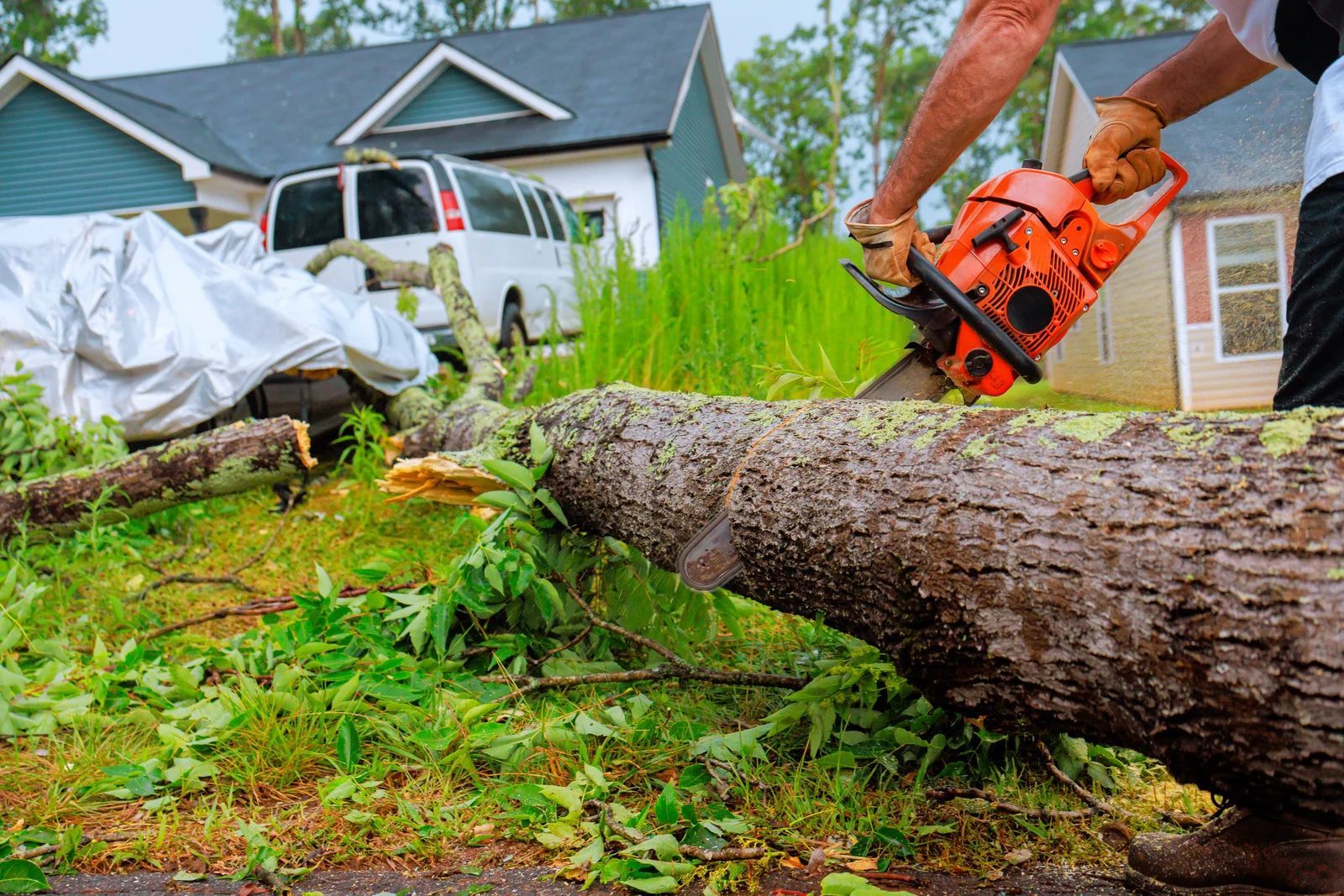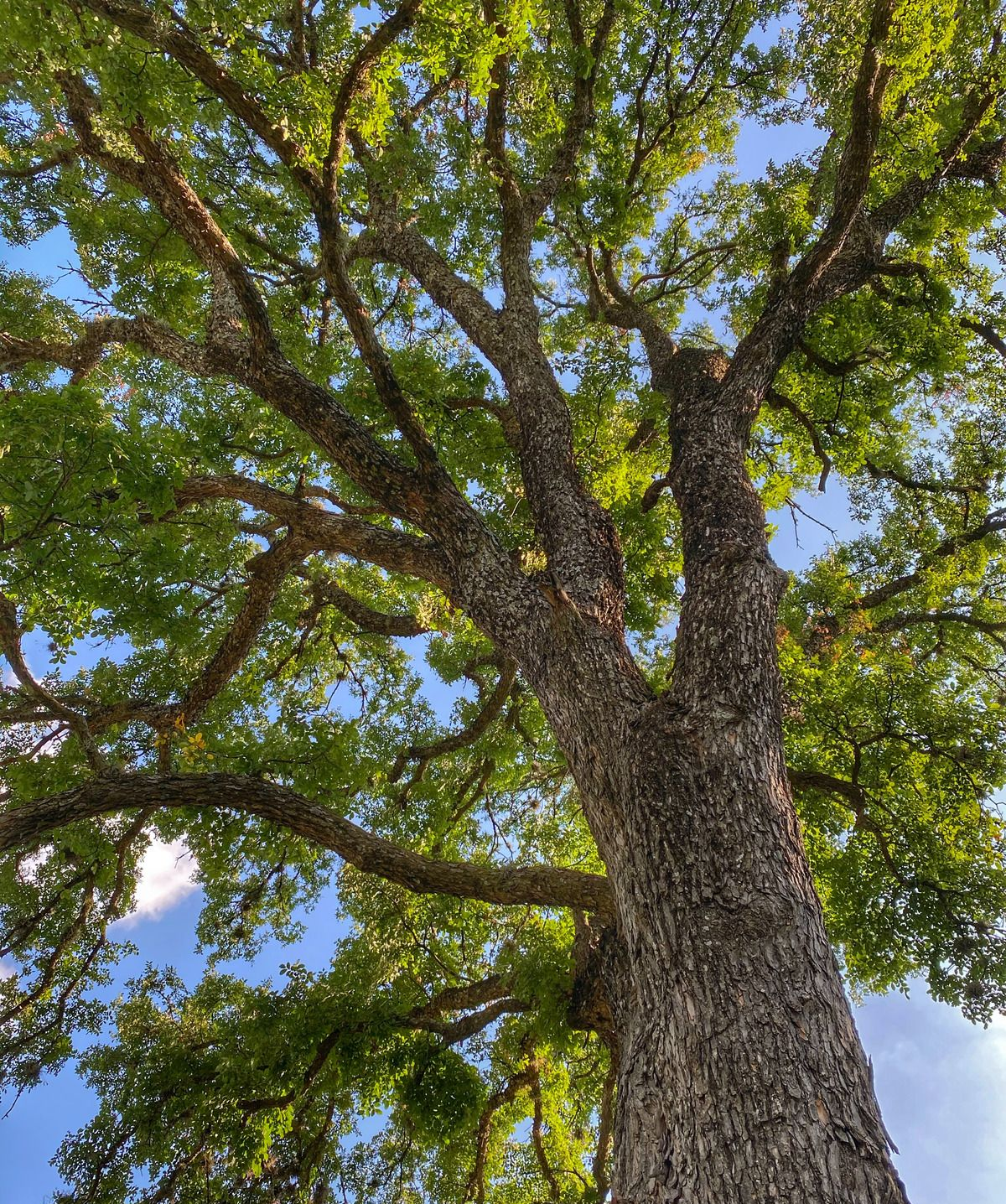Permits for Tree Removal in Portland: What You Need to Know
Removing a tree in Portland isn’t as simple as grabbing a saw and getting started. The city’s robust urban forestry rules, managed through Portland Parks & Recreation and its Urban Forestry division, require permits, inspections, and often replanting obligations. Understanding when a permit is needed, how to apply, and what regulations must be followed can prevent fines, delays, and legal issues. For homeowners, contractors, and property managers alike, being informed is essential. In this post, we’ll break down the permit process, key local rules, and what you need to know before starting any tree removal project in Portland. In Portland, tree removal is regulated under the city’s Title 11 “Trees” code and administered through Urban Forestry. Here’s what you should know before cutting down or trimming trees.
1. When Is a Permit Required?
- Street Trees (public right-of-way): Any removal or pruning of a street tree always requires a permit—no exceptions.
- Private Property Trees: A permit is required when the tree is 12 inches in diameter or more, measured 4.5 feet above the ground (known as DBH).
- Overlay Zones and Historic Areas: Even smaller trees may require a permit if located in environmental, conservation, or historic zones.
- Heritage Trees: These specially designated trees are protected by city ordinance. Any pruning, removal, or alteration requires a permit.
In short: if your tree is large, on city property, in a regulated zone, or historically significant, you’ll likely need a permit.
2. How to Apply for a Permit
Portland uses an online system for tree removal and replanting permits. Applicants must provide basic details such as the property address, tree species, trunk diameter, reason for removal, and a simple site plan. In some cases, an inspection will be required before approval. The process has been streamlined in recent years, but it’s still important to plan ahead. Permit processing can take several days depending on workload and the complexity of your request.
3. Review, Approval, and Replacement Rules
Once submitted, your permit will be reviewed according to the city’s removal criteria. Removal may only be approved if the tree poses a hazard, is dead or diseased, or interferes with infrastructure. In most cases, property owners must plant a replacement tree once removal is approved. Replacement trees must meet certain standards—typically species that grow at least 16 feet tall and are not invasive. If planting on-site isn’t possible, alternate planting options may be offered.
4. Penalties for Unpermitted Removal
Cutting down a tree without the required permit can lead to significant fines and penalties. In some cases, property owners have been charged per inch of tree diameter removed. Additionally, violators may be required to pay mitigation fees or plant multiple replacement trees. Compliance from the start saves time, money, and stress.
5. Emergency and Hazardous Tree Removals
If a tree presents an immediate danger to people or property, emergency removal may be allowed. However, property owners must still document the condition and notify Urban Forestry afterward. Photographs and written explanations are usually required to avoid penalties.
Stay Compliant & Trust the Experts
Navigating Portland’s tree removal regulations can be confusing, but understanding the process helps protect both your property and the city’s tree canopy. Whether you’re dealing with a hazardous tree or planning yard improvements, working with an experienced professional ensures compliance and peace of mind. With 28 years of experience, Aspen Tree Service, LLC, based in Portland, Oregon, knows the ins and outs of Urban Forestry and Parks & Recreation guidelines. Our certified team provides safe, efficient, and fully compliant tree removal and care services—helping you maintain a beautiful, healthy landscape while staying within city regulations.



